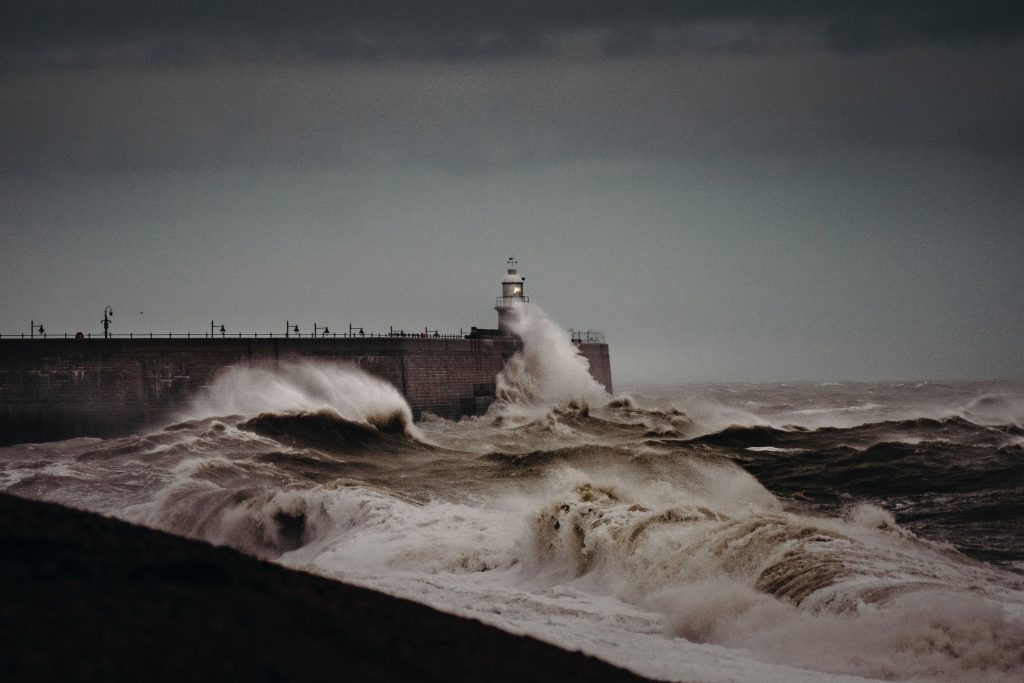Summer has ended and we now enter that wonderful time of year when evening shadows dawdle, and dawn hesitates on the horizon a bit longer each morning. Even as the days begin to shorten and the breeze brandishes a hint of cool, hurricane season persists. The last day of hurricane season 2021 is not until November 30th. We are 127 days into this season with 21 named storms so far, averaging 1 storm every 6.05 days; and we have 55 days yet to go!
That being said, I felt it valuable to share the following hurricane preparedness and response guidelines from OSHA. Full content from OSHA on this topic can be found at https://www.osha.gov/hurricane.
Hurricanes are a form of tropical cyclones that are capable of causing devastating damage to communities. Hurricanes are storm systems with circulating air and sustained wind speeds of 74 miles per hour or higher. The strongest hurricanes can have wind speeds exceeding 155 miles per hour. Areas on the Atlantic Coast, near the Gulf of Mexico, as well as parts of the Southwestern United States are vulnerable to hurricanes. The Atlantic hurricane season lasts from June to November and peaks between August and October. The Eastern Pacific hurricane season begins mid May and also ends in November. This page provides information on hurricane warnings, hazards that hurricanes cause, and precautions that workers and employers should take after a hurricane has occurred.
The Preparedness page outlines the warnings and watches used for hurricanes, including the five categories used to rate the strength of a hurricane. The page also contains information on creating evacuation plans and supply kits.
The Response/Recovery page features a link to OSHA’s Hurricane eMatrix, which features information on hazard exposures and risk assessments for hurricane response and recovery work. The information in the matrix is organized based on the types of activities performed so that it is easy for workers to identify the precautions they should take based on the tasks they will be performing.
OSHA and NOAA are working together on a public education effort aimed at improving the way people prepare for and respond to severe weather. This page is designed to help businesses and their workers prepare for hurricanes, and to provide information about hazards that workers may face during and after a hurricane.
Employer Responsibilities
Each employer is responsible for the safety and health of its workers and for providing a safe and healthful workplace for its workers. Employers are required to protect workers from the anticipated hazards associated with the response and recovery operations that workers are likely to conduct. For additional information on Workers’ Rights, Employer Responsibilities, and other services OSHA offers, visit OSHA’s Employers Page, Workers Page and Publications.
